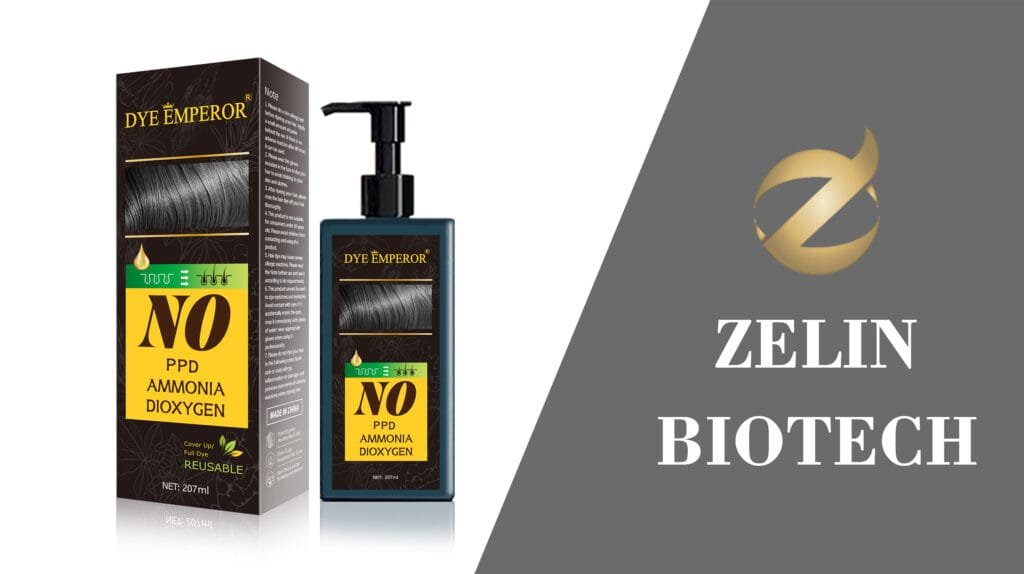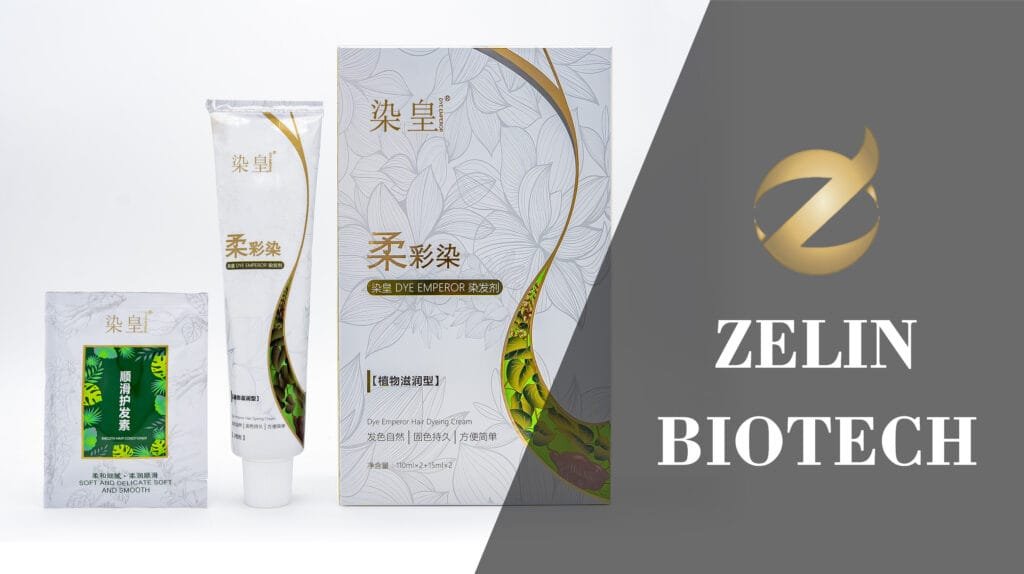Thinking about coloring your hair at home? It’s a great way to save time and money, especially if you can’t get to the salon. But dyeing your hair at home can sometimes go wrong, particularly if it’s your first time. Want to know how long to leave hair dye in and avoid a hair disaster? Keep reading to learn about common mistakes and how to get the color you want.
Here are some of the biggest mistakes people make when dyeing their hair:
1) Picking the Wrong Hair Color
Getting the color right starts with choosing the right dye. Different types of hair dye do different things.
- New to dyeing? Try a semi-permanent or temporary color first. These wash out after a few shampoos (usually 4-20). So, if you make a mistake, it won’t last forever.
- Thinking of a big change? It’s probably best to wait for a hairdresser. Home dyeing isn’t the best for drastic changes.
- Got enough dye? If your hair is shoulder-length or longer, or if it’s thick, you’ll likely need at least two boxes to cover all your hair.
- Drugstore vs. Salon color: We don’t recommend drugstore dyes. They can be harsh and damage your hair. Salon-quality color (hairdressing color) is gentler, and the results are usually better and last longer. Think of it like off-the-rack clothes versus a custom-made outfit – the custom one is better quality and fits you perfectly.
- Choosing the right shade: If it’s your first time, pick a color that’s no more than two shades darker or lighter than your natural hair. If you’re stuck between two shades, go for the lighter one.

2) Using the Wrong Developer
Another common mistake is using the wrong developer (the liquid you mix with the color). Using a developer from a different brand or a different product line can mess up your color, making it uneven or blotchy.
- Always use the recommended developer: Mix your hair color only with the developer that’s made for it. This helps you get the color you expect.
- Developer strength matters: The power of the developer is important. The most common one is 6% (or 20 volume), which works well for dyeing, lightening a bit, and covering gray hair. For bright red shades, a stronger 9% (or 30 volume) developer can give you a more vibrant color. But these are just general rules. The best developer also depends on the type of dye, how much lighter you want to go, and your hair type and condition.
3) Washing Your Hair Right Before Dyeing
Don’t wash your hair immediately before coloring it.
- Why? Hair that hasn’t been washed for 1-2 days has a natural protective layer on the scalp. This helps prevent irritation from the dye, and the color can stick better.
- Avoid styling products: Also, don’t use things like dry shampoo, hairspray, or gels right before dyeing. If you use purple or silver shampoo, stop using it at least a week before you color. These products can stop the dye from soaking into your hair properly.
- Tip! You can use a deep cleansing shampoo 1-2 days before you plan to dye your hair to get rid of any product buildup.
4) Guessing the Mixing Amounts
Don’t just eyeball how much color and developer to mix. There’s a reason manufacturers give detailed instructions!
- Follow instructions carefully: Always measure the color and developer precisely as the instructions say.
5) Using the Wrong Tools
Believe it or not, your tools can affect your color.
- No metal! Never mix or apply dye with metal bowls or tools. The metal can react with the dye and change the color in unexpected ways. Use plastic, porcelain, or glass bowls and tools instead.
6) Skipping the Allergy and Strand Test
This is a really important step!
- Allergy test: Do a skin allergy test 48 hours before you dye, every single time. Allergies can pop up suddenly, even if you’ve used that brand or another hair dye before. Put a small amount of the mixed dye on a patch of skin (like behind your ear or on your inner elbow). Leave it for 30 minutes, then rinse. If you don’t have any redness, itching, or irritation after 48 hours, you’re good to go.
- Strand test: Also, test the dye on a small, hidden strand of your hair. This shows you how the color will look on your hair and how your hair reacts to it. This is super important if you’re trying a new shade.

7) Not Applying the Dye Correctly
If you just slap the dye on randomly, you’ll likely get an uneven color.
- Work in sections: Apply the dye systematically, section by section, strand by strand. This helps make sure all your hair gets covered evenly. Pros often divide hair into four sections: down the middle, and then from ear to ear over the top.
- Where to start: Most of the time, you’ll start applying color at the back (nape of the neck), then move up to the crown, and then to the front hairline. Always apply to new hair growth (roots) first, then the middle parts of your hair, and finally the ends. Hair around your face is often more porous or damaged and can soak up color faster.
- Application can vary: The way you apply dye can change depending on if your hair is virgin (never colored), already colored, or gray.
8) Getting the Processing Time Wrong (How Long to Leave Hair Dye In)
It’s crucial not to leave the dye on for too long or wash it out too soon. This is where knowing how long to leave hair dye in is key.
- Follow instructions: Always follow the timing instructions from the manufacturer. Some dyes are strong and can damage your hair if left on too long.
- Too short? If you rinse it out too early, the color won’t develop properly. The usual time is around 35-40 minutes. The question of how long to leave hair dye in often comes down to these manufacturer guidelines for best results.
- What happens during processing: In the first 15 minutes, ammonia in the dye opens up the hair so the color can get in. Between 15-30 minutes, your hair takes on the new color. In the last 5-10 minutes, conditioners and protective ingredients in the dye get to work.
- It depends on your hair: The perfect processing time also depends on your hair’s texture (fine, medium, coarse), thickness, and length. Figuring out how long to leave hair dye in might need slight adjustments based on these factors, but always stay within the recommended range.
9) Not Rinsing the Color Out Properly
Rinse your hair really well after the developing time is up.
- Rinse until water is clear: Don’t rush this step. Keep rinsing until the water running off your hair is completely clear. If it’s even a little bit colored, keep rinsing.
- Shampoo and conditioner: Then, use shampoo and conditioner as directed (sometimes you might skip shampoo – always check the dye instructions).
- Wait to wash again: Try to avoid washing your hair with shampoo for at least 2 days after dyeing. Things like chlorine and minerals in tap water can cause the outer layer of your hair to lift, making the color fade faster. Waiting gives the dye more time to really soak into your hair. If you wash it too soon, your color might not be as vibrant.
- Oily hair? Use dry shampoo if you need to, but try to wait to wet-wash it.
10) Skipping After-Color Treatment
Don’t forget to care for your hair after coloring.
- Neutralize and stabilize: Use a special “Color Post Treatment” product if one comes with your dye or if recommended. This helps stop the chemical process and seals in the color.
- Use color-safe products: The right shampoo and conditioner can also help your color last longer and prevent fading. Look for products that say “color protect,” “color-preserving,” or “for colored hair.” These usually have gentler cleaners.
- Avoid sulfates: Sulfates can strip oils from your hair and scalp, which can make your color fade faster.
- Avoid harsh shampoos: Also, stay away from deep cleansing shampoos and anti-dandruff shampoos right after coloring, as they can be too strong for freshly colored hair.




